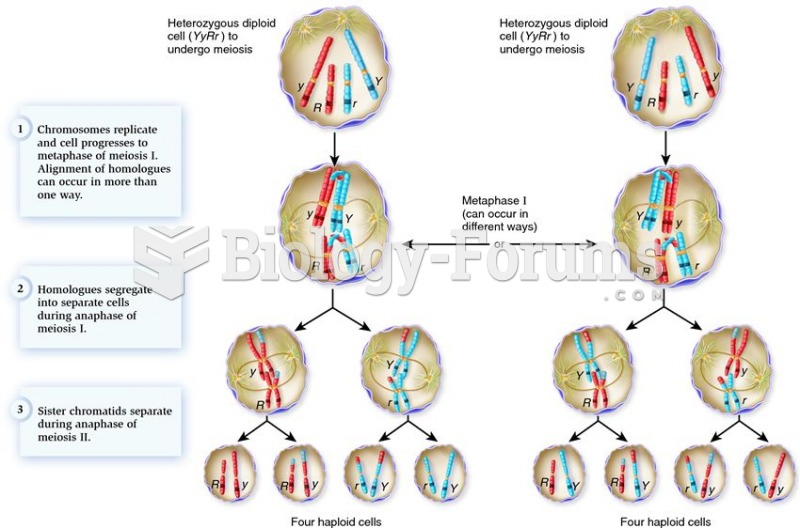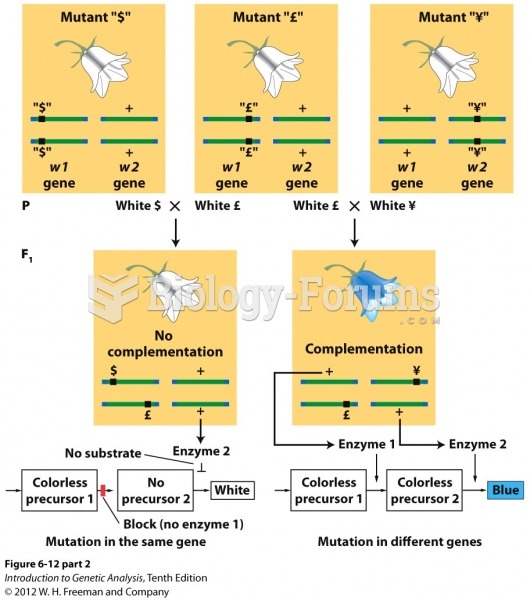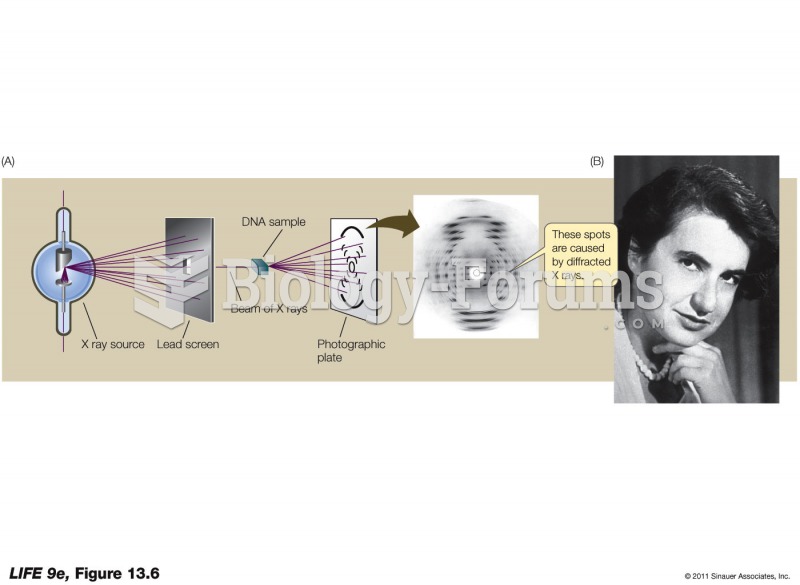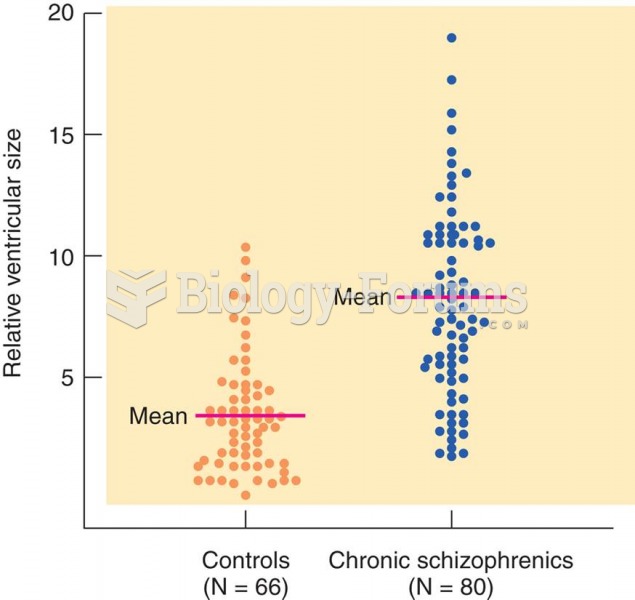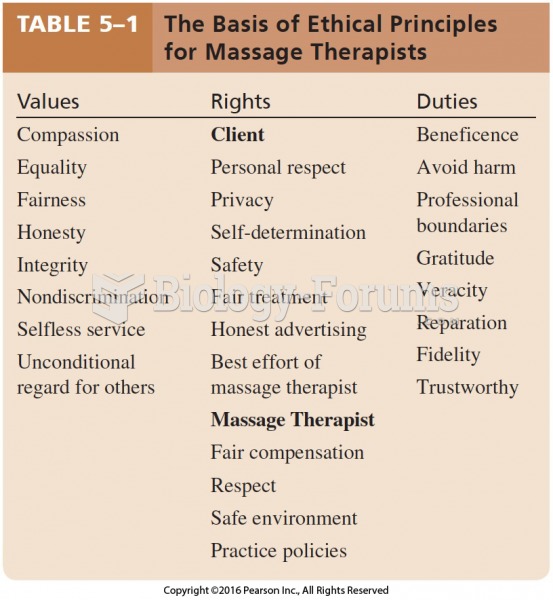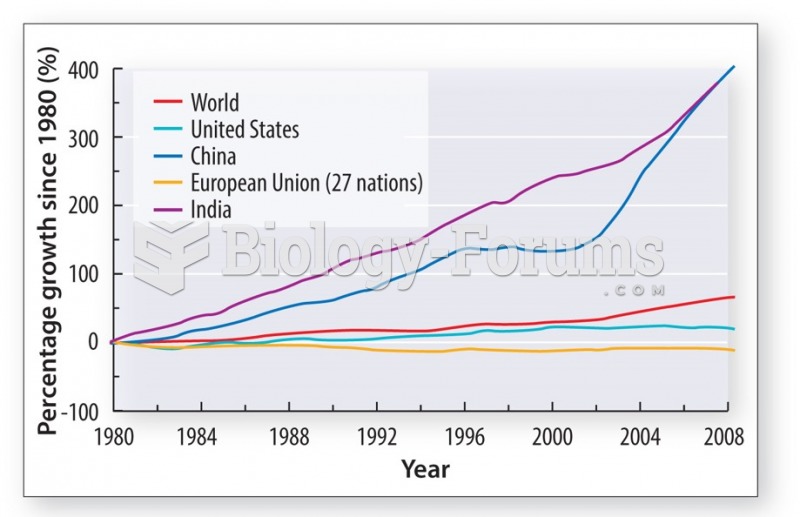Answer to Question 1
Answer: b.
Answer to Question 2
Men are about 30 to 40 percent more likely to develop schizophrenia according to recent studies. Moreover, men show an earlier onset by about four or five years. The premorbid functioning of men tends to be poor and is marked by more schizotypal traits. In contrast, the premorbid functioning of women is good and is marked by fewer schizotypal traits. Men tend to exhibit more negative symptoms; women tend to have more hallucinations and paranoia. In men, the course of the disorder tends to be chronic, and men show a poorer response to treatment. The course of schizophrenia in women is less likely to be chronic, and women show a better response to treatment. Gender differences in the age of onset and symptomatic expression of schizophrenia can be interpreted in several ways. One approach assumes that schizophrenia is a single disorder and that its expression varies in men and women. A common, genetically determined vulnerability to schizophrenia might be expressed differently in men and women. Mediating factors that might account for this difference could be biological differences between men and women (e.g., hormones) or different environmental demands, such as timing and the form of stress associated with typical male and female sex roles. An alternative approach suggests that there are two qualitatively distinct subtypes of schizophrenia: one that is characterized by an early onset affects men more often than women, while the other, with a later onset, affects women more often than men.


